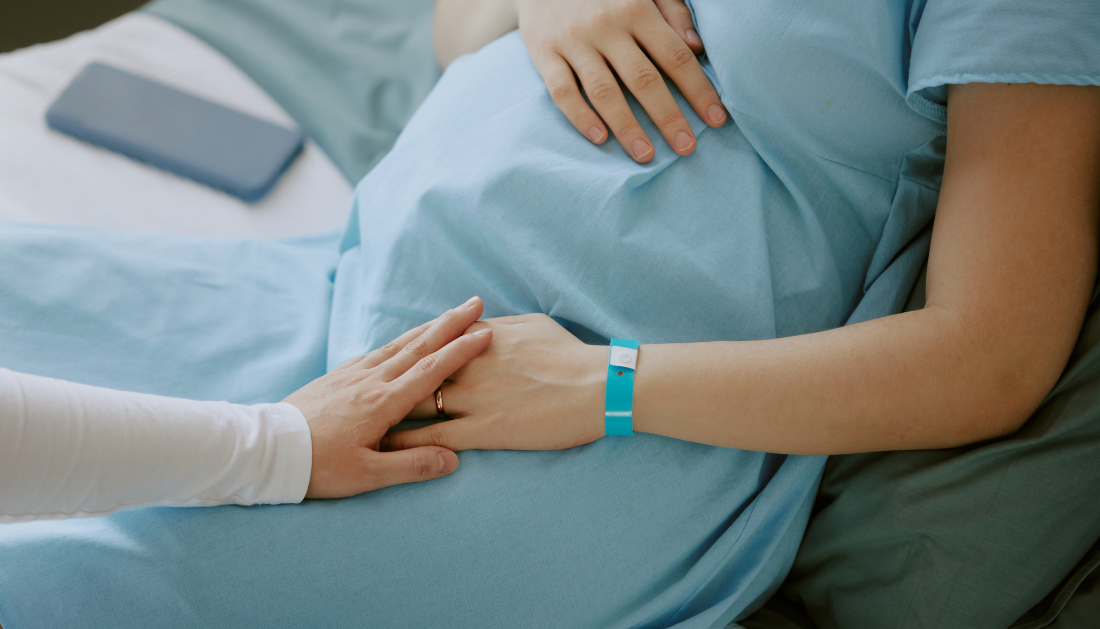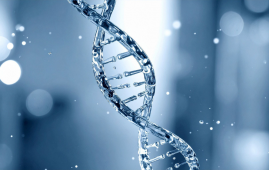

A new study published in Science reveals how the uterus senses force during labor, uncovering a molecular mechanism that allows the uterus to detect stretch, pressure, and fetal descent with remarkable precision. This discovery may reshape how clinicians understand complications such as stalled labor, weak contractions, and preterm birth, providing a foundation for future therapeutic strategies.
The Biology Behind Labor Rhythm
For decades, researchers have known that hormones like progesterone and oxytocin regulate the onset and progression of labor. Yet, physical forces, uterine expansion, cervical stretch, and fetal pressure have remained poorly understood. The Scripps Research team, led by Nobel laureate Ardem Patapoutian, demonstrates that two pressure-sensing ion channels, PIEZO1 and PIEZO2, work together to translate mechanical force into coordinated uterine contractions.
Learn more about Women’s Health, Obstetrics and Gynecology CME/CE Conferences
How the Uterus Senses Force During Labor Using PIEZO Proteins
The team found that PIEZO1 operates in the uterine smooth muscle, detecting rising pressure during contractions, while PIEZO2 is active in the sensory nerves of the cervix and vagina. Together, they create a dual mechanism:
- Smooth muscle-based sensing boosts contraction strength
- Nerve-based sensing triggers a reflex that reinforces rhythmic contractions
Mouse models lacking both proteins showed delayed delivery and significantly reduced contraction pressure, confirming their cooperative function.
Force-Driven Contraction Coordination and Connexin 43
The study also shows that PIEZO activation regulates connexin 43, a key gap-junction protein that ensures smooth muscle cells contract as a unified network. Reduced connexin 43 weakens contraction synchrony, mirroring clinical observations of prolonged labor when sensory pathways are blocked, such as with high-dose epidural anesthesia.
Clinical Meaning for HCPs and Maternal Care
Human uterine samples revealed comparable PIEZO1/PIEZO2 patterns, suggesting similar mechanisms operate in laboring patients. The findings offer compelling explanations for:
- Ineffective or irregular contractions
- Delayed labor progression
- Risks associated with a complete sensory nerve block
Future therapeutic potential includes targeted modulation of PIEZO channels—possibly strengthening stalled labor or slowing preterm contractions.
Why This Research Matters
As maternal health remains a critical focus, understanding the biomechanics of childbirth could lead to more precise labor management, safer pain-control approaches, and improved outcomes for mothers and infants.
Stay informed with eMedEvents, where science meets clinical practice to support the healthcare professionals shaping maternal care.
Source:
more recommended stories
 Fat-Free Mass and Brain Outcomes in Preterm Babies
Fat-Free Mass and Brain Outcomes in Preterm BabiesEarly Fat-Free Mass May Hold the.
 How Hormones Shape Dopamine-Driven Learning
How Hormones Shape Dopamine-Driven LearningNYU Study on Hormones and Cognitive.
 Protein Pair Guides Chromosome Alignment in Mitosis
Protein Pair Guides Chromosome Alignment in MitosisKey Points A joint research team.
 Intensive mind-body retreat rapidly alters brain function
Intensive mind-body retreat rapidly alters brain functionAn intensive mind-body retreat combining meditation,.
 Citrus and Grape Compounds Help Prevent Type 2 Diabetes
Citrus and Grape Compounds Help Prevent Type 2 DiabetesA new clinical trial highlights the.
 Personalized Pain Care Transforms Parkinson’s Treatment
Personalized Pain Care Transforms Parkinson’s TreatmentNew UniSA research underscores the urgent.
 Genetic Diversity Explains Obesity Risk Differences
Genetic Diversity Explains Obesity Risk DifferencesCross-ancestry Study Identifies Novel Obesity Genes.
 Meniscal Tear and OA Pain Improved by Home Exercise
Meniscal Tear and OA Pain Improved by Home ExerciseHome Exercise Proves Effective for Knee.
 AI ECG Model Outperforms Standard STEMI Triage
AI ECG Model Outperforms Standard STEMI TriageNovel AI ECG Model Outperforms Standard.
 New Software Transforms Real-Time Pathogen Surveillance
New Software Transforms Real-Time Pathogen SurveillanceReal-Time Pathogen Surveillance Software Transforms Environmental.

Leave a Comment